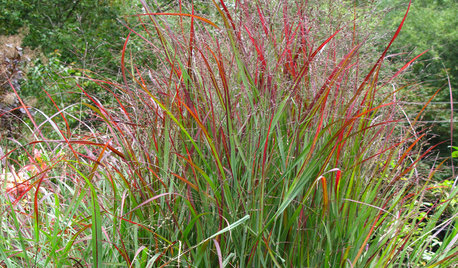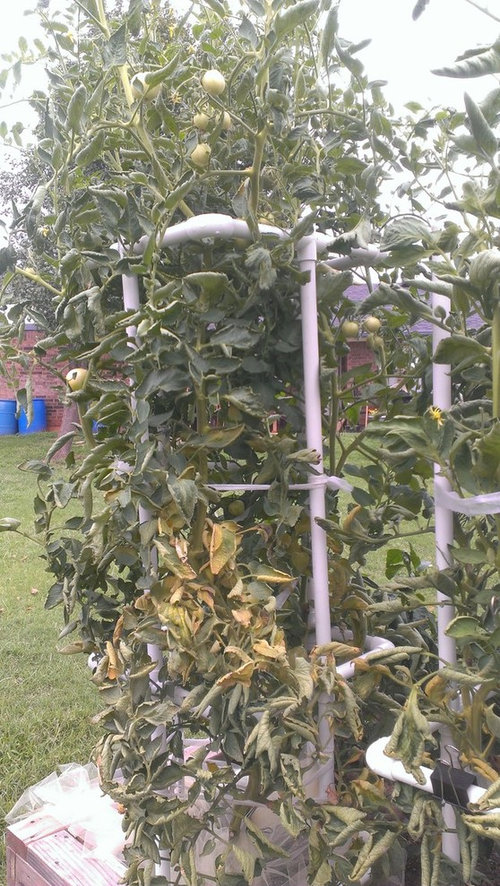Overnight Spider mites?!
amunk01
10 years ago
Related Stories

MOST POPULAROvernight Guests Coming? How to Be a Great Host
Ensure a good time for all — including yourself — by following these steps for preparing for and hosting houseguests
Full Story
FUN HOUZZSurvey Says: We’re Scared of Being Home Alone — and Spiders
A new Houzz survey reveals that most of us get spooked in an empty house. Find out what’s causing the heebie-jeebies
Full Story
HEALTHY HOMEWhat You Need to Know About Dust and How to Fight It
Breathe easier with these 10 tips for busting mites, dander and other microscopic undesirables
Full Story
RED FOLIAGEGreat Design Plant: 'Shenandoah' Switchgrass
With jewel-like flowers that belie its tough nature, this warm-season grass is wonderful in a fall garden vignette
Full Story
EARTH DAYHow to Help Your Town’s Beneficial Birds and Bugs
Make a habitat using local materials to provide a home to the creatures that help our gardens
Full Story
How to Sneak In Creative Guest-Room Storage
The Hardworking Home: Get more from your space with these smart ideas for closets, shelves and drawers
Full Story
FEEL-GOOD HOMEThe Pros and Cons of Making Your Bed Every Day
Houzz readers around the world share their preferences, while sleep and housekeeping experts weigh in with advice
Full Story
OUTBUILDINGSThe Glass-Walled Cabin That Romance Built
Envisioning sunsets and starry skies, newlywed artists construct a 1-room retreat on a family farm
Full Story
GARDENING GUIDESGreat Design Plant: Knock Out Roses
As glorious as their high-maintenance kin for a fraction of the work, Knock Out roses make even beginners look like garden stars
Full Story
HOUSEPLANTSIndoor Winter Gardens for Cheerier Days
Bring plants inside for drab-days mood boosting — not to mention cleaner indoor air and protection for your greenery
Full StorySponsored
More Discussions








Okiedawn OK Zone 7
okievegan
Related Professionals
Bridgetown Landscape Architects & Landscape Designers · Leawood Landscape Architects & Landscape Designers · Manorville Landscape Architects & Landscape Designers · South Orange Landscape Architects & Landscape Designers · Deerfield Landscape Contractors · Fort Mill Landscape Contractors · Kerman Landscape Contractors · Plantation Landscape Contractors · Quincy Landscape Contractors · Shaker Heights Landscape Contractors · Westchester Landscape Contractors · Bellingham Decks, Patios & Outdoor Enclosures · Cape Coral Decks, Patios & Outdoor Enclosures · Foothill Farms Decks, Patios & Outdoor Enclosures · Green Bay Decks, Patios & Outdoor EnclosuresOkiedawn OK Zone 7
amunk01Original Author
Okiedawn OK Zone 7